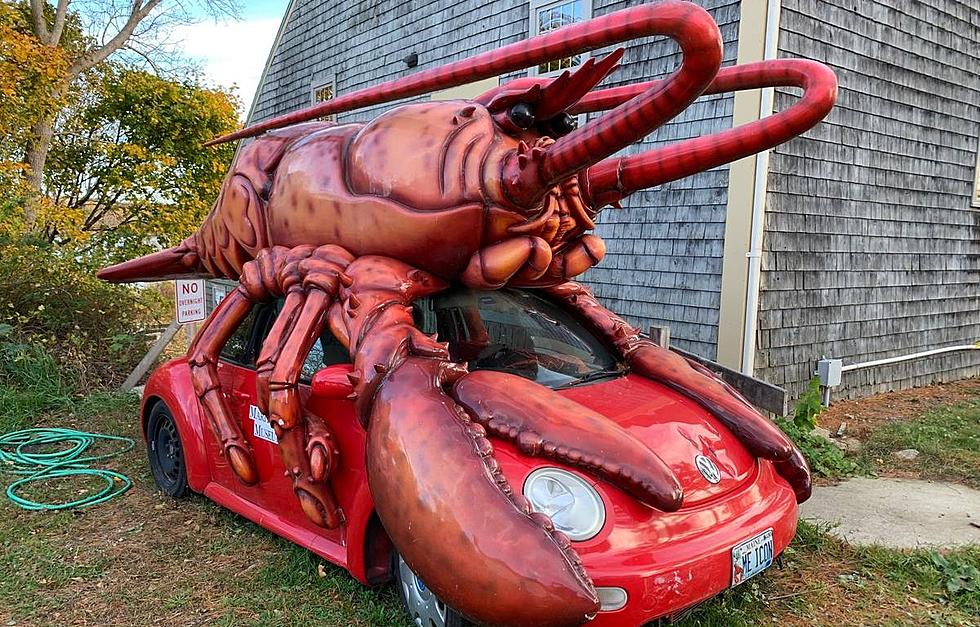See previous posts of the ongoing discussion:
1) Grave Expectations (David Grinspoon)
2) The Problem with Agnostic Biosignatures (Carol Cleland)
3) But We Have More Than One Example… (Steven Benner)
4) Finding Life, the Universal Way (Lee Cronin)
By Carol Cleland (University of Colorado Boulder) and David Grinspoon (Planetary Science Institute).
Cleland, C. and Grinspoon, D. (2022) “Cleland & Grinspoon response to Benner: Do synthetic microbes provide another example of life?”. Primordial Scoop, e20220519. https://doi.org/10.52400/CWYT6644
In describing the utility of synthetic biology for the search for other forms of life, Steve writes “Synthetic biologists make in the lab different chemical systems that might reproduce behaviors that we value in life.” Yet, the issue concerning a second example of life has little to do with what we humans’ “value in life”. The term ‘value’ is applied to something that is beneficial and the sense in which something can be beneficial is multivarious, including aesthetic, pragmatic, technological, and cognitive considerations. Thomas Kuhn famously used the term ‘values’ in the context of theory choice because philosophers had shown that there is no guarantee that the criteria used to determine theory choice (e.g., accuracy, consistency, scope, simplicity and fruitfulness) will select even an approximately correct theory. But regardless of which sense of ‘beneficial’ Steve has in mind, we undoubtedly “value” characteristics of life that are unique to familiar life since our experiences with life are limited to that form of life. The point is there is no guarantee that any of the characteristics (in Steve’s words, “behaviors”) that we currently “value” vis-à-vis life are at all informative regarding the question of whether a molecular system synthesized in a laboratory represents another example of life.
Another problem is Steve’s use of the term ‘agnostic’. He explicitly identifies “agnostic” features of life with characteristics that are “necessary” for biological evolution. Logically speaking, a necessary characteristic is an essential characteristic, and hence–although not definitive since it isn’t sufficient–hardly agnostic. One could be agnostic (aka skeptical) about whether wearing a mask is protective against covid without believing that wearing a mask is a necessary condition for being protected against covid. Indeed, the term ‘agnostic’ is usually used to flag neutrality regarding whether a characteristic held up as necessary for something is truly necessary for it. In this context, we concede that many astrobiologists use the term ‘agnostic’ (“agnostic biosignatures”) in the way in which Steve is using it. But using the term ‘agnostic’ in this way amounts to a slight of hand, namely, pretending to avoid the problems with an Earthcentric definition of life while tacitly privileging certain characteristics of familiar life as essential to all life. The bottom line is that ‘agnostic’ does not mean necessary.
In any case, Steve’s commitment to biological evolution (qua a certain kind of “molecular evolution”) being a necessary condition for life on the grounds that self-organization (of the kind distinctive of life) could not occur in the absence of the aforementioned kind of molecular evolution is fraught with speculative assumptions about the nature of life. To flesh out some of this hand-waving, Steve abstracts two structural characteristics of DNA that, he contends, are “… necessary (read “agnostic”) features of the informational biopolymers needed for all evolution in any body of water”. He proposed that these structural characteristics amount to “… general laws that make reference to general properties of molecular structure”, and hence provide a basis for distinguishing life from non-life: In Steve’s words, they provide a “chemical proxy for the Darwinian evolution that, we premise, all life will have, and all non-life will lack.” (What happened to the restriction to life found in water?)
One problem with using chemical criteria based on Darwin’s theory of evolution as necessary conditions for life is the assumption that all life engages in “Darwinian evolution”. How this sidesteps the well-known problems with using a definition of life—in this case, a more fleshed out version of the so-called ‘chemical Darwinian definition’—to identify alternative examples of life, whether created in a lab or found on another world, isn’t clear to us. In any case, however, there is an even more serious problem with Steve’s proposal, namely, the question of what would count as an authentic second example of life.
As an analogy, which Steve concedes have a role to play in scientific reasoning (and we concur with him on this), consider taking apart an old BMW and rebuilding it by substituting plastic for certain rubber parts and electronic mechanisms for certain mechanical mechanisms. Have we constructed a new type of car? (And in doing so, how much have we demonstrated about our understanding of how to design a complex modern car from scratch?) Indeed, we’ve actually done this with BMWs. But we don’t know anyone who has celebrated a modern BMW as a truly new type of automobile. Why? Because the newer BMWs are closely modelled on the old ones. This illustrates a central problem with the idea that synthetic organisms, produced by replacing a few standard amino acids with nonstandard (abiotic) amino acids or standard nucleobases with nonstandard nucleobases in a bacterium whose original genes have been removed and replaced, have provided us with a second example of life, or even a second example of anything that should give us confidence in our ability to recognize, or rule out, a detection of a truly alien form of life. Synthetic organisms are too closely designed on the model of familiar life to truly represent an authentic second example.
The situation would be very different if biochemists constructed a microbe from scratch, using different informational, structural, and enzymatic molecules coupled with an appropriately different molecular architecture. Current efforts to synthesize novel microbes don’t do anything close to this. The changes biochemists make are minimal and highly selective, designed to tweak a highly complex, delicately balanced, highly evolved molecular system without “killing” it. The resultant “synthetic” microbes closely resemble natural bacteria. Analogously to a 1960s BMW and a modern BMW, they are constructed from a natural bacterium making a few highly selective changes to its DNA and proteins while retaining its ribosomes and lipid membranes.
One could insist that these artificially modified bacteria represent another example of life insofar as they (technically) don’t share a common origin with familiar life, having been engineered in a lab, but this surely isn’t what astrobiologists have in mind when they express a need for a second example of life.
On the other hand, it is important to appreciate that work in synthetic biology represents a steppingstone in the path to understanding the molecular possibilities for alternative forms of life. For by fiddling with the molecular building blocks of familiar life we acquire knowledge and experience relevant to the question of what another example of life might be like. We applaud the cleverness and resourcefulness of those who have pursued these efforts. While these results are useful for our efforts to map out the possibility space of life forms similar in many respects to terrestrial life, we should not fool ourselves into thinking they have shown us the broader contours of this map.




If we cannot define life (or the things we “value” in life), is the undefined life useful for astrobiology in any way? How?
In my opinion getting rid of “life” would be beneficial for astrobiology:
https://primordialscoop.org/2021/09/16/null-hypothesis/